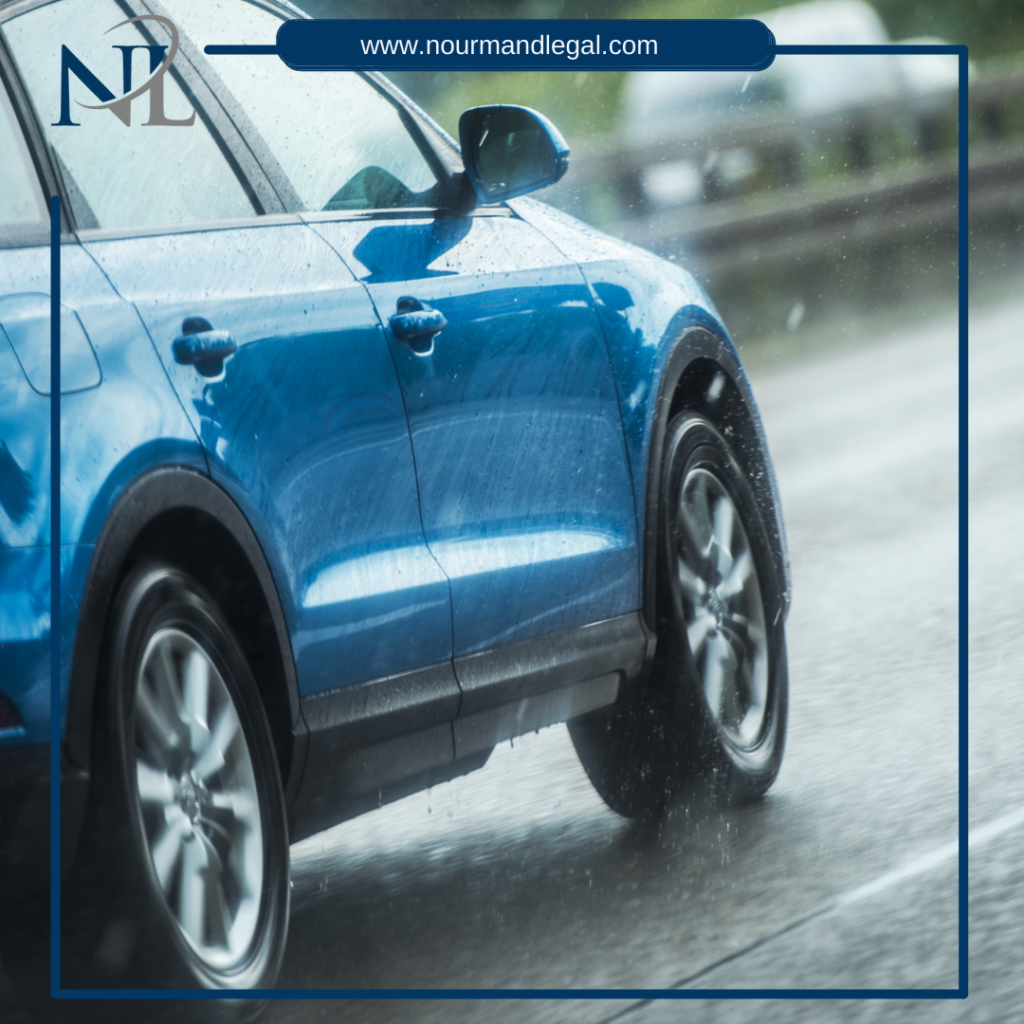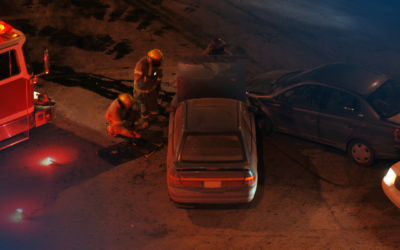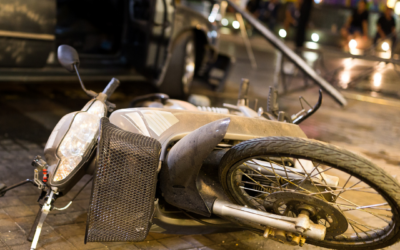Driving in bad weather conditions
Have you ever had to drive while it’s raining or snowing?
Unfortunately, most of us have had at least one of these two experiences. It is inevitable not to face weather conditions while going about our daily activities, nor is it possible to stay at home all the time waiting for them to pass.
According to a study published by the Bulletin of the American Meteorological Society, driving in the rain increases the probability of having a fatal accident by 34 percent. When roads are wet, surfaces become slippery, braking performance decreases, and tires don’t have as much grip on the pavement. In addition to this, people can become stressed, fearful, and more anxious in these situations. These are all critical factors that can form the perfect recipe for disaster.
When surfaces are wet, car tires can skid across the asphalt, even a few feet after stepping on the brakes. This situation where the vehicle slides uncontrollably on wet pavement is known as hydroplaning. Water decreases tire traction, and there are times when the amount of water can be much greater than a tire is capable of dispersing.
This is the main reason for hydroplaning, too much water between the tires and the asphalt. It can be a very frightening experience, as control of the vehicle is lost, and you have to wait for the car to stop before you can do anything.
However, we can take some precautions to prevent such a situation or be more careful if we have to drive while it rains. Consider the following tips:
- Always keep your distance from the car in front of you. Do not drive right behind the other vehicle. The driver could step on the brakes, and you will not have time to stop before colliding with him.
- Check that your tires are always in good condition. The more wear a tire has, the less traction it will have with the pavement. So constantly check them for wear and pressure and change them when necessary.
- Drive slower when it rains. Don’t just obey the speed limits. Try to drive slower than you usually would, so you can have more response time in case of an emergency.
If you or a loved one has been involved in such an accident, contact us today! We will schedule a free consultation and discuss your case in detail!



